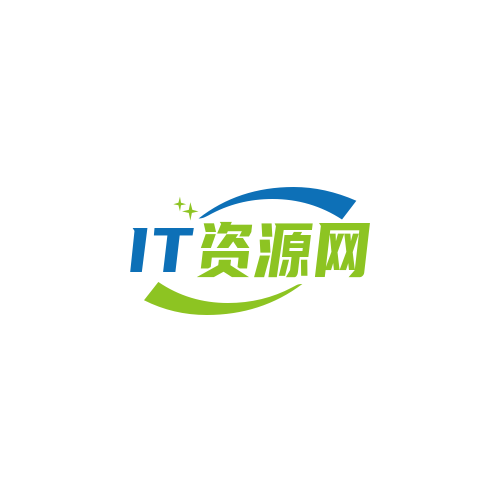InitializingBean接口为bean提供了初始化方法的方式,它只包括afterPropertiesSet方法,凡是继承该接口的类,在初始化bean的时候会执行该方法。
测试程序如下:
- import org.springframework.beans.factory.InitializingBean;
- public class TestInitializingBean implements InitializingBean{
- @Override
- public void afterPropertiesSet() throws Exception {
- System.out.println("ceshi InitializingBean");
- }
- public void testInit(){
- System.out.println("ceshi init-method");
- }
- }
配置文件如下:
- <bean id="testInitializingBean" class="com.TestInitializingBean" ></bean>
Main主程序如下:
- public class Main {
- public static void main(String[] args){
- ApplicationContext context = new FileSystemXmlApplicationContext("/src/main/java/com/beans.xml");
- }
- }
运行Main程序,打印如下结果:
- ceshi InitializingBean
这说明在spring初始化bean的时候,如果bean实现了InitializingBean接口,会自动调用afterPropertiesSet方法。
问题
实现InitializingBean接口与在配置文件中指定init-method有什么不同?
修改配置文件,加上init-method配置,修改如下:
- <bean id="testInitializingBean" class="com.TestInitializingBean" init-method="testInit"></bean>
在配置文件中加入init-method="testInit"。
运行Main程序,打印如下结果:
- ceshi InitializingBean
- ceshi init-method
由结果可看出,在spring初始化bean的时候,如果该bean是实现了InitializingBean接口,并且同时在配置文件中指定了init-method,系统则是先调用afterPropertiesSet方法,然后在调用init-method中指定的方法。
这方式在spring中是怎么实现的?
通过查看spring的加载bean的源码类(AbstractAutowireCapableBeanFactory)可看出其中奥妙
AbstractAutowireCapableBeanFactory类中的invokeInitMethods讲解的非常清楚,源码如下:
- protected void invokeInitMethods(String beanName, final Object bean, RootBeanDefinition mbd) throws Throwable {
- //判断该bean是否实现了实现了InitializingBean接口,如果实现了InitializingBean接口,则只掉调用bean的afterPropertiesSet方法
- boolean isInitializingBean = (bean instanceof InitializingBean);
- if (isInitializingBean && (mbd == null || !mbd.isExternallyManagedInitMethod("afterPropertiesSet"))) {
- if (logger.isDebugEnabled()) {
- logger.debug("Invoking afterPropertiesSet() on bean with name '" + beanName + "'");
- }
- if (System.getSecurityManager() != null) {
- try {
- AccessController.doPrivileged(new PrivilegedExceptionAction<Object>() {
- public Object run() throws Exception {
- //直接调用afterPropertiesSet
- ((InitializingBean) bean).afterPropertiesSet();
- return null;
- }
- },getAccessControlContext());
- } catch (PrivilegedActionException pae) {
- throw pae.getException();
- }
- }
- else {
- //直接调用afterPropertiesSet
- ((InitializingBean) bean).afterPropertiesSet();
- }
- }
- if (mbd != null) {
- String initMethodName = mbd.getInitMethodName();
- //判断是否指定了init-method方法,如果指定了init-method方法,则再调用制定的init-method
- if (initMethodName != null && !(isInitializingBean && "afterPropertiesSet".equals(initMethodName)) &&
- !mbd.isExternallyManagedInitMethod(initMethodName)) {
- //进一步查看该方法的源码,可以发现init-method方法中指定的方法是通过反射实现
- invokeCustomInitMethod(beanName, bean, mbd);
- }
- }
- }
总结
1:spring为bean提供了两种初始化bean的方式,实现InitializingBean接口,实现afterPropertiesSet方法,或者在配置文件中同过init-method指定,两种方式可以同时使用
2:实现InitializingBean接口是直接调用afterPropertiesSet方法,比通过反射调用init-method指定的方法效率相对来说要高点。但是init-method方式消除了对spring的依赖
3:如果调用afterPropertiesSet方法时出错,则不调用init-method指定的方法。


发表评论 取消回复